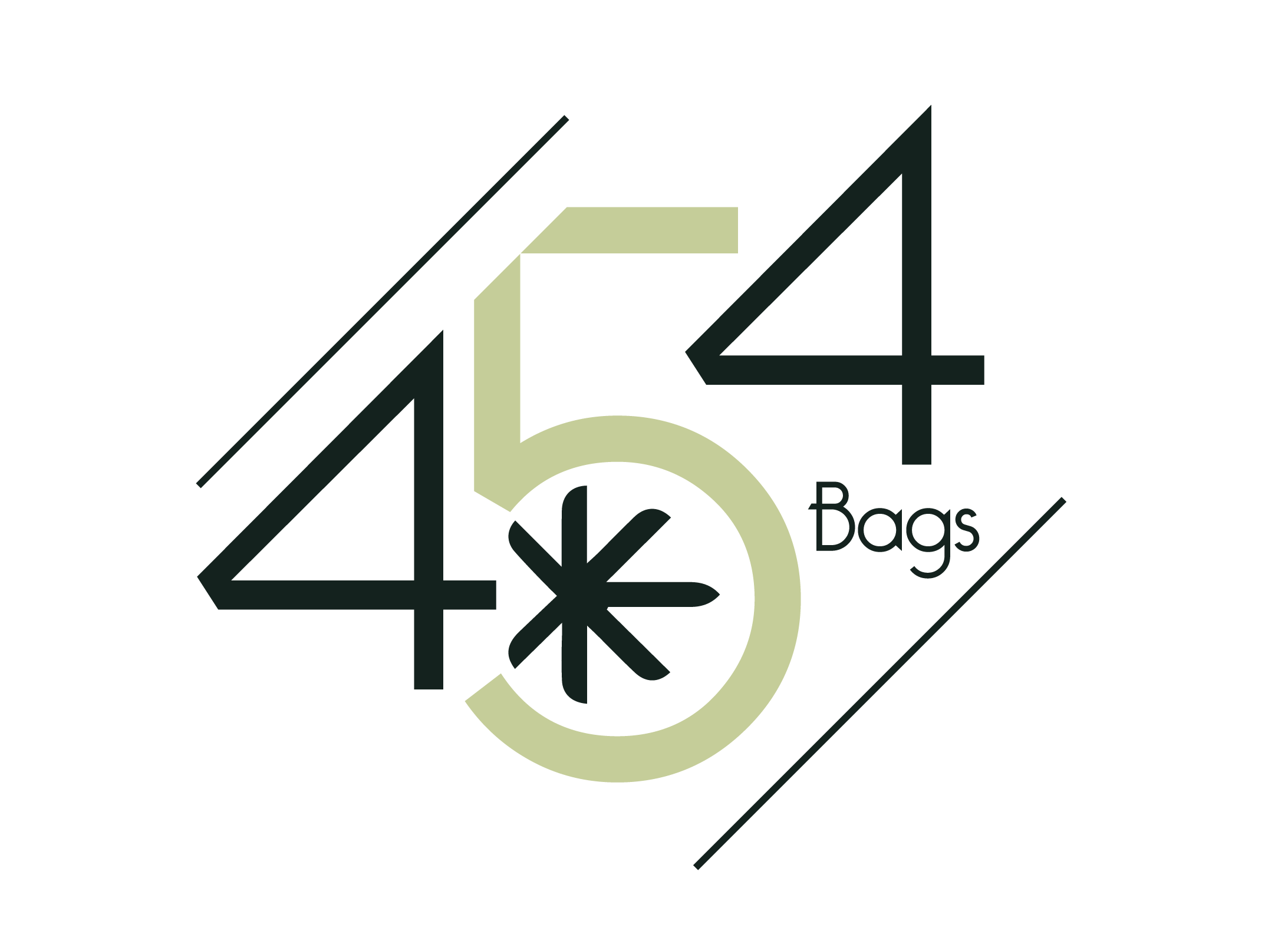Trimming is a crucial step in the post-harvest process of cannabis, enhancing the final appearance and quality of the buds. Two primary methods used for trimming are wet trimming and dry trimming. Understanding the differences between these techniques is essential for cultivators seeking to optimize their post-harvest workflow. In this informative blog, we will explore the pros and cons of wet trimming and dry trimming, including factors such as ease of trimming, aroma preservation, curing considerations, and overall quality. By gaining insights into each method, you can make an informed decision on which technique best suits your specific needs and preferences.
- Wet Trimming:
a. Pros:
- Ease of Trimming: Wet trimming is generally easier due to the increased pliability of the plant material, allowing for a smoother and quicker trimming process.
- Reduced Trichome Loss: Trimming while the plant is still fresh can minimize trichome loss, preserving the overall potency and aroma of the buds.
b. Cons:
- Sticky Residue: Wet trimming can result in sticky residue on trimmers and equipment, requiring frequent cleaning during the trimming process.
- Slower Drying: Wet trimming extends the drying time, as the excess moisture from trimmed leaves needs to evaporate before reaching the desired moisture content.
- Dry Trimming:
a. Pros:
- Precise Trimming: Dry trimming allows for more precision, as the dried leaves are easier to handle, providing better visibility for meticulous trimming.
- Faster Drying: Dry trimming accelerates the drying process, as the removal of fan leaves facilitates better airflow around the buds.
b. Cons:
- Trichome Loss: Dry trimming can result in a higher chance of trichome loss during the trimming process, potentially reducing the overall potency and aroma of the buds.
- Fragile Buds: Dry trimming may increase the risk of bud damage due to the brittle nature of dried leaves, requiring careful handling.
- Choosing the Right Method:
a. Consider Harvest Size: Wet trimming is often preferred for larger harvests, where speed and efficiency are crucial. Dry trimming is suitable for smaller harvests that allow for more meticulous trimming.
b. Desired Aroma Preservation: If preserving the aromatic terpenes is a priority, wet trimming can help retain the fresh scent of the buds. Dry trimming may result in a different aroma profile due to the faster drying process.
c. Curing Considerations: Wet-trimmed buds may require longer curing times due to the extended drying period, while dry-trimmed buds can be ready for curing sooner.
The decision between wet trimming and dry trimming for cannabis harvest depends on various factors, including the size of the harvest, desired aroma preservation, and curing considerations. Wet trimming offers ease and reduced trichome loss, while dry trimming provides precision and faster drying times. By considering the pros and cons of each method and aligning them with your specific needs and preferences, you can determine the optimal trimming technique to enhance the overall quality of your cannabis harvest.

